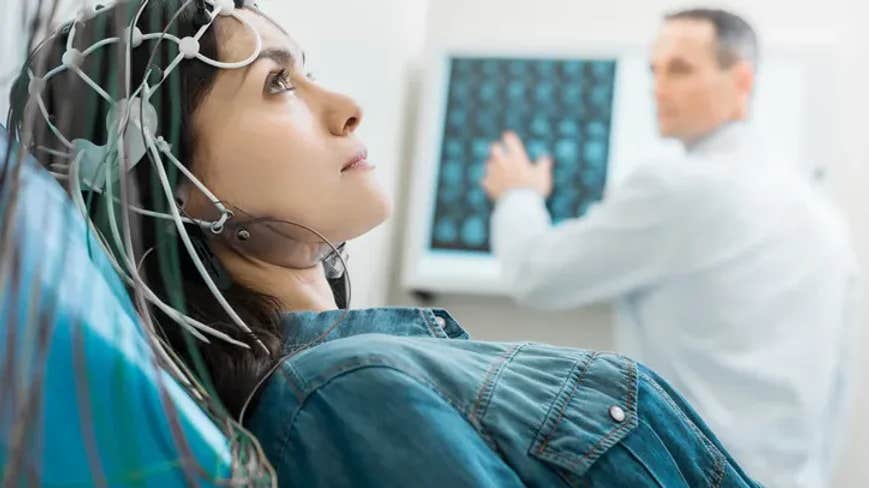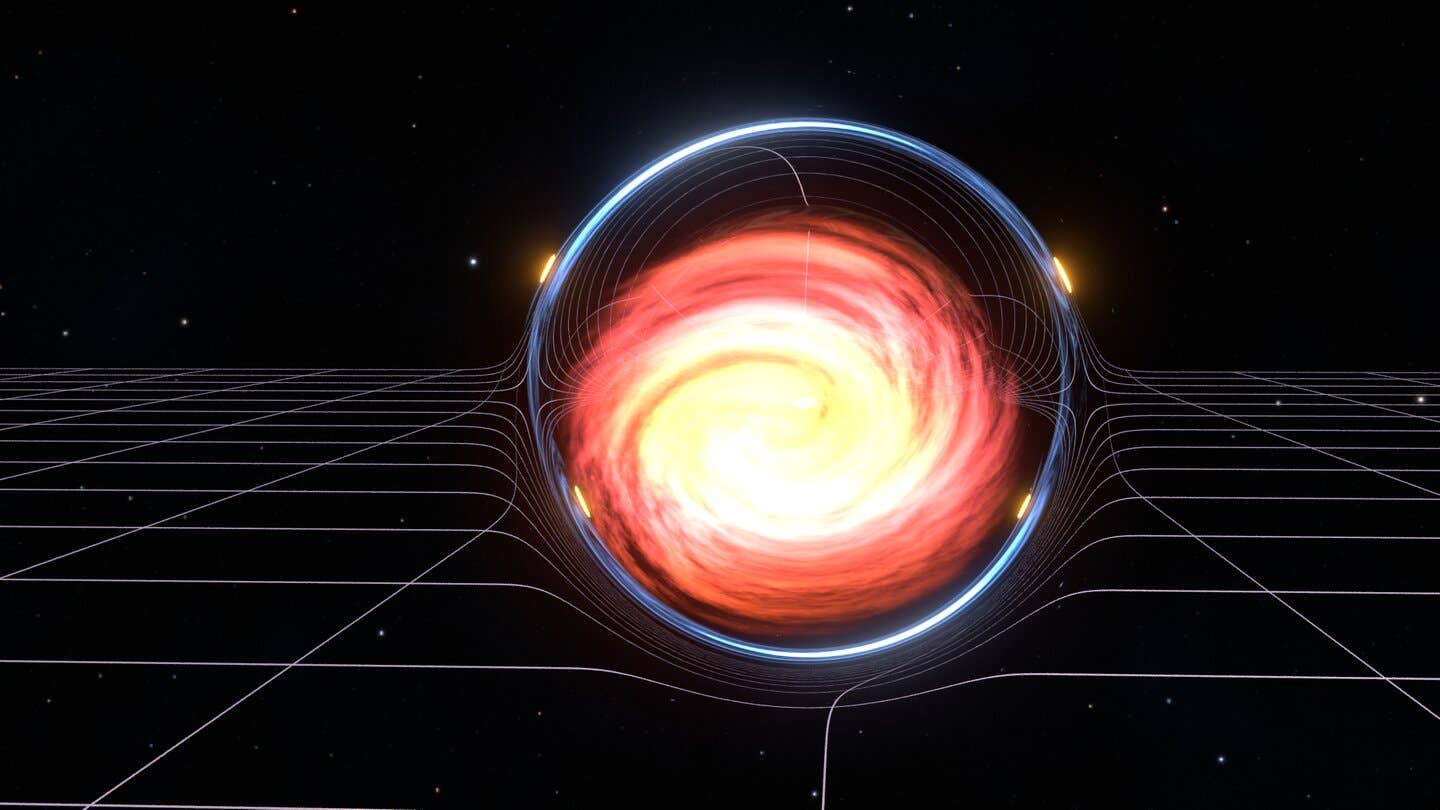First-ever recording reveals what happens in our brain as we die
Are our dying moments a vivid reel of our life’s memories? Do we get to experience a curtain call before our mortal time comes to an end?

The mysteries of death and what transpires in our brains in our final moments have puzzled scientists and philosophers alike for centuries. (CREDIT: CC BY-SA 3.0)
Are our dying moments a vivid reel of our life’s memories? Do we get to experience a grand curtain call before our mortal time comes to an end? If you have ever found yourself grappling with these existential questions, you are not alone. The mysteries of death and what transpires in our brains in our final moments have puzzled scientists and philosophers alike for centuries.
Recent groundbreaking research by a team led by neuroscientist Dr. Ajmal Zemmar from the University of Louisville and involving colleagues from around the globe might just bring us a step closer to understanding these mysterious processes.
The study titled “Enhanced Interplay of Neuronal Coherence and Coupling in the Dying Human Brain,” published in the Frontiers in Aging Neuroscience journal, offers an unprecedented window into the brain activity that occurs during and after the transition to death.
The researchers suggest that the human brain may not only remain active but may also be intricately coordinated during this crucial transition, potentially underpinning the phenomenon often referred to as the "life recall".
The momentous opportunity to capture this novel data unfolded when an 87-year-old patient developed epilepsy. Under the observation of Dr. Raul Vicente and his team at the University of Tartu, Estonia, continuous electroencephalography (EEG) was used to detect and treat the patient's seizures.
The unexpected twist in the narrative arrived when the patient suffered a heart attack and passed away, affording the scientists a unique opportunity to record the activity of a dying human brain for the first time in history.
Related Stories
Dr. Zemmar, the lead investigator on the project, explains, "We measured 900 seconds of brain activity around the time of death and set a specific focus to investigate what happened in the 30 seconds before and after the heart stopped beating.” The ensuing data revealed fascinating insights into the dying brain.
"Interestingly, just before and after the heart stopped functioning, we saw changes in a specific band of neural oscillations - the gamma oscillations, but also in other ranges such as delta, theta, alpha and beta oscillations," elaborated Zemmar.
These brain oscillations or brain waves are patterns of rhythmic activity traditionally observed in living brains. They're implicated in numerous high-level cognitive functions like concentrating, dreaming, meditating, memory retrieval, information processing, and conscious perception - many of these functions sharing striking similarities with the act of memory recollection.
Zemmar postulates, “The brain may be playing a last recall of significant life events just before we die, similar to the ones reported in near-death experiences.” This revolutionary perspective challenges conventional wisdom regarding the moment of death and raises significant questions about when exactly life ends, with notable implications for the timing of organ donation.
Dr. Zemmar, touched personally by the loss of his grandfather and grandmother, conveys the universal human interest in death.
He states, “Every human alive has at some point an encounter when they lose a loved one and every one of us someday will face death themselves, so the interest obviously has been there. As a Ph.D. in neuroscience and a neurosurgeon, you can't help but think about these things.”
Assimilating the findings, Zemmar suggests that they can be understood from three distinct perspectives - scientific, metaphysical and philosophical, and spiritual. He admits that scientifically interpreting the data is challenging due to the uniqueness of the case and the complicating factors such as the brain's bleeding, seizures, and swelling.
Nevertheless, the metaphysical implications are intriguing - the brain activity patterns that emerge during memory recall, dreaming, and meditative states seemingly replaying in the moments before death, potentially allowing us to relive our lives in our final seconds.
From a spiritual standpoint, Zemmar proposes that the findings can offer solace during bereavement. He muses, “Right now, we don't know anything about what happens to their loved one’s brain when they're dying. If we know that something is happening in their brain, that they are remembering nice moments, we can share this with grieving families and it can provide a sense of comfort.”
The findings also stimulate profound discussions about the definition of death, which holds implications for areas such as organ donation. Zemmar provocatively questions, “When are we dead? When the heart stops beating because the brain keeps going. Should we record EEG activity in addition to EKG to declare death? This opens the door to start a discussion about that exact time onset.”
In the final analysis, this pioneering study has further pushed the boundaries of our understanding of the brain, death, and indeed, life itself. As research continues to probe these fascinating questions, we edge closer to unlocking more secrets of the brain's extraordinary journey, from the cradle to the grave.
Note: Materials provided above by The Brighter Side of News. Content may be edited for style and length.
Like these kind of feel good stories? Get The Brighter Side of News' newsletter.



